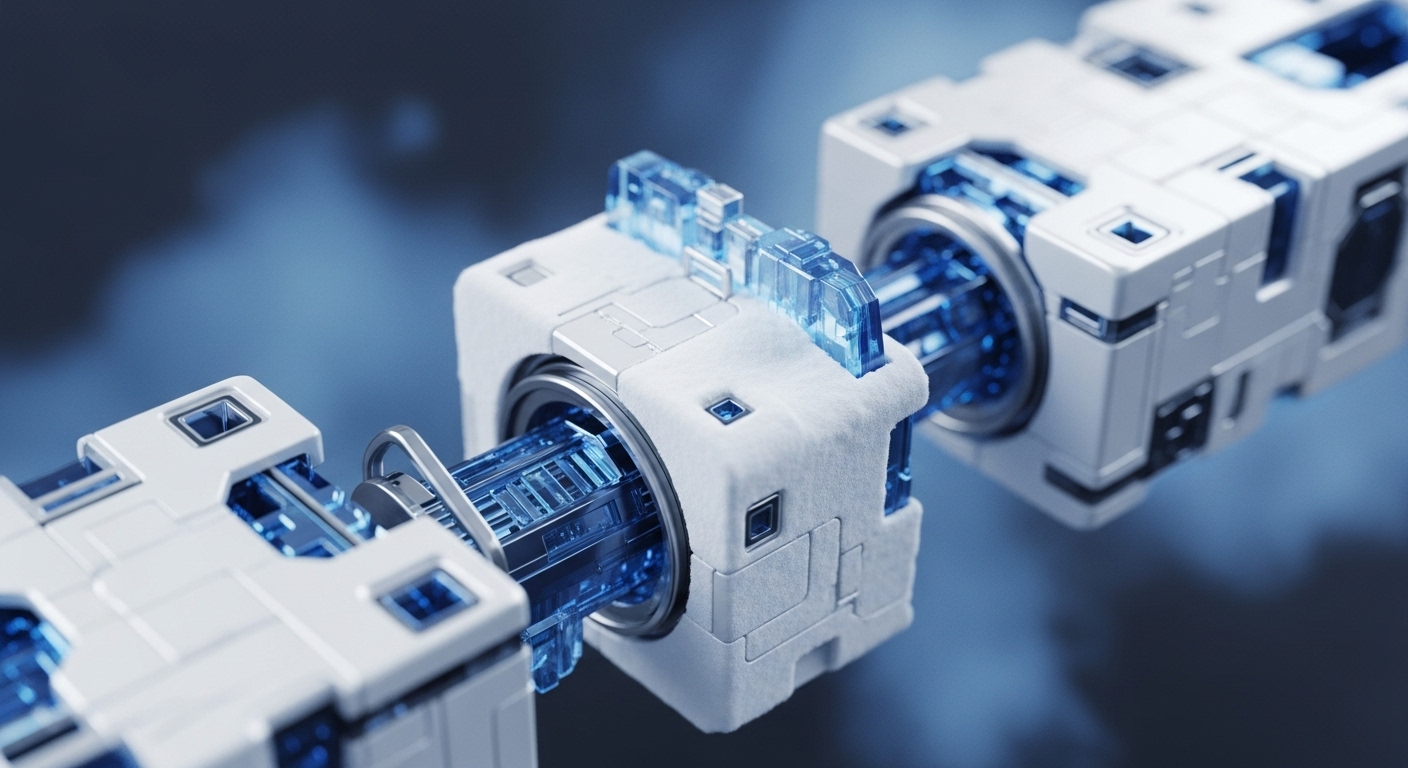
Briefing
The core research problem addressed is the inherent trade-offs in legacy Multi-Party Computation (MPC) networks regarding decentralization, speed, throughput, and zero-trust security, alongside the complexities of cross-chain asset management. Ika proposes a foundational breakthrough with its 2PC-MPC cryptography scheme and the novel dWallet primitive, enabling a decentralized, zero-trust, programmable, and transferable signing mechanism that scales to thousands of nodes with sub-second latency. This new theory fundamentally redefines cross-chain interoperability, allowing native assets on any chain to be directly accessed and coordinated by Sui smart contracts without traditional bridging, thereby unlocking new capabilities for custody, DeFi, and broader Web3 coordination.

Context
Before this research, established MPC models often presented compromises between achieving high decentralization, optimal performance, and robust zero-trust security, limiting their practical application in highly scalable blockchain environments. Concurrently, the pervasive challenge of cross-chain asset interoperability necessitated complex and often less secure bridging or wrapping solutions, introducing additional trust assumptions and fragmenting liquidity across the Web3 ecosystem. These prevailing theoretical limitations underscored a critical need for a more integrated, secure, and performant approach to decentralized asset control.

Analysis
Ika’s core mechanism revolves around its innovative 2PC-MPC cryptography scheme, which underpins the new dWallet primitive. This scheme fundamentally differs from previous MPC approaches by integrating zero-knowledge proofs and homomorphic encryption to overcome traditional trade-offs. The 2PC-MPC protocol allows for a dual-share mechanism, where both the user and the network hold cryptographic shares, ensuring that user assets remain secure even if parts of the network are compromised, thereby enforcing zero-trust security.
This architecture enables parallel execution for vastly improved throughput and sub-second latency, scaling efficiently to thousands of operators. The dWallet, as a programmable and transferable signing mechanism, allows Sui smart contracts to directly coordinate native assets across any blockchain, eliminating the need for cumbersome bridging or wrapping and establishing Sui as a universal Web3 coordination layer.

Parameters
- Core Concept ∞ dWallet (Decentralized Wallet Primitive)
- New System/Protocol Name ∞ Ika Network, 2PC-MPC Cryptography Scheme
- Key Mechanisms ∞ Threshold Signatures, Zero-Knowledge Proofs, Homomorphic Encryption, Dual-Share Security
- Performance Metrics ∞ Sub-second Latency, Thousands of Signatures Per Second, Scales to Thousands of Nodes
- Compatibility ∞ ECDSA, EdDSA/Schnorr Signatures
- Integration Platform ∞ Sui Blockchain
- Publication Date ∞ July 10, 2025
- Source ∞ CoinMarketCap

Outlook
This foundational work on the Ika 2PC-MPC scheme and dWallet primitive opens significant avenues for future research and real-world applications. Next steps will likely involve further optimization of the cryptographic primitives for even greater efficiency and broader integration across diverse blockchain architectures. In the next 3-5 years, this technology could unlock truly seamless, secure, and programmable cross-chain financial instruments, revolutionize decentralized identity management, and enable novel forms of sovereign digital asset custody. It establishes a new paradigm for Web3 interoperability, driving the development of highly secure and efficient decentralized applications that transcend single-chain limitations.
